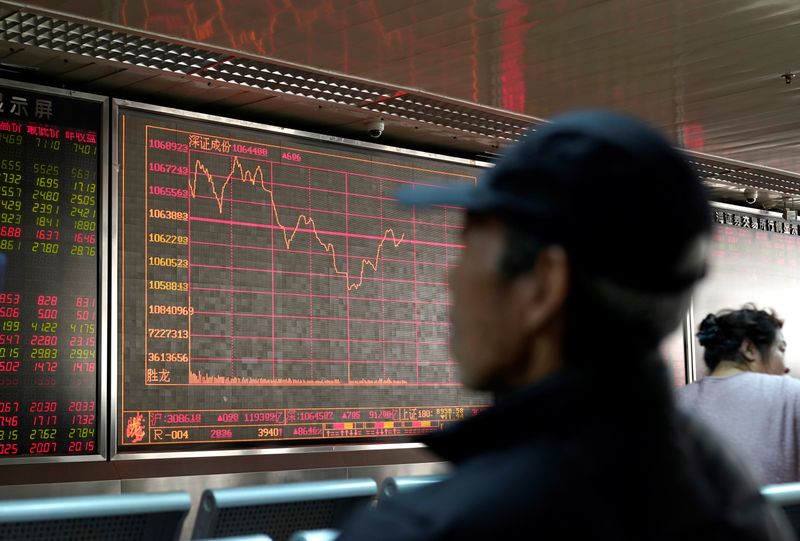Mon 09 March 2020:
Oil prices have fallen to their lowest since 1991, adding pressure to economies already weakened by the coronavirus.
Financial markets in Asia and beyond turned into a sea of red on Monday as oil prices slumped to their lowest level since the first Gulf War after Saudi Arabia lowered its official selling price, adding to investor panic over the coronavirus outbreak.
Talks between Saudi-led OPEC and Russia broke down on Friday after the world’s biggest oil producers failed to agree to production cuts, sending crude prices plunging more than 30 percent to below $30-a-barrel on Monday.
Brent crude oil was trading at $27.84 per barrel, its weakest level since the 1991 Gulf War and testing new intraday lows as of 09:09 GMT.
“Not only does the OPEC+ no-deal open up the supply side of the equation, but the rapid spread of the COVID-19 virus worldwide in the last few days prompts us to lower our oil demand assumptions as well, as we go into bear case territory,” Suvro Sarkar, an analyst at Singapore-based bank DBS, told Al Jazeera.
“We now expect global oil demand growth to be negative in 2020,” he said.
Across Asia, shares plunged to their lowest levels in months as investors flocked to the safety of bonds, sending United States Treasury yields tumbling below 1 percent.
Japan’s benchmark Nikkei stock index lost more than 5 percent to fall to a 14-month low, while MSCI’s broadest index of Asia-Pacific shares outside Japan lost 2.14 percent.
Blue chip shares in China declined 2.53 percent while Hong Kong’s Hang Seng Index fell 3.59 percent.
Energy stocks were among the hardest-hit companies.
Meanwhile, ahead of the open of US trading, E-Mini futures for the S&P 500 index were down 4.89 percent.
Saudi Arabia and Russia are arguing over the price and flow of oil. That, and the Fake News, is the reason for the market drop!
— Donald J. Trump (@realDonaldTrump) March 9, 2020
No relief for US shale, Asia exports
This is not the first time OPEC has thrown production cuts out of the window in an attempt to gain global market share by driving down prices to put pressure on US shale oil producers, said Robert Carnell, regional head of research for Asia Pacific at ING.
Still, there is “no certainty on how long that can go on for,” he told Al Jazeera.
Goldman Sachs Group Inc warned investors that prices could fall into the $20-per-barrel region, which would severely test US producers whose costs of extraction are far higher than those in the Middle East, according to DBS’s Sarkar.
“[Capacity expenditure] levels will be hit if the downturn continues for a quarter or so,” he said.
Many Asian countries including China and India are net oil importers but analysts expect the latest drop in prices to offer them little relief.
“COVID-19 is the bigger story, that’s what’s going to cause the biggest impact in Asia,” said Carnell, even if the drop in oil prices will be “not quite so negative” for oil importers.
“Even India, where we would normally expect an oil price decline to provide some support to the rupee, is unlikely to see much benefit, as it is embroiled in its own financial sector problems with the collapse of a private bank at the end of last week,” he said.
Last Thursday, India’s central bank seized the country’s fifth-largest lender Yes Bank, freezing payments and causing panic among investors and business owners.
Few commodities and currencies are benefitting from the decline in oil and Asian stocks.
The price of gold climbed above $1,700 per ounce early on Monday for the first time in seven years. It later fell 1 percent as investors took profits by selling off the commodity.
The Japanese Yen spiked more than 3 percent to 101.58 against the US dollar, its strongest level in three years.
This prompted Japan’s finance minister to warn against investors pushing up the yen rapidly, saying the government will closely watch market moves which he described as “nervous” amid the global spread of the coronavirus.
SOURCE: AL JAZEERA NEWS
Think your friends would be interested? Share this story!





